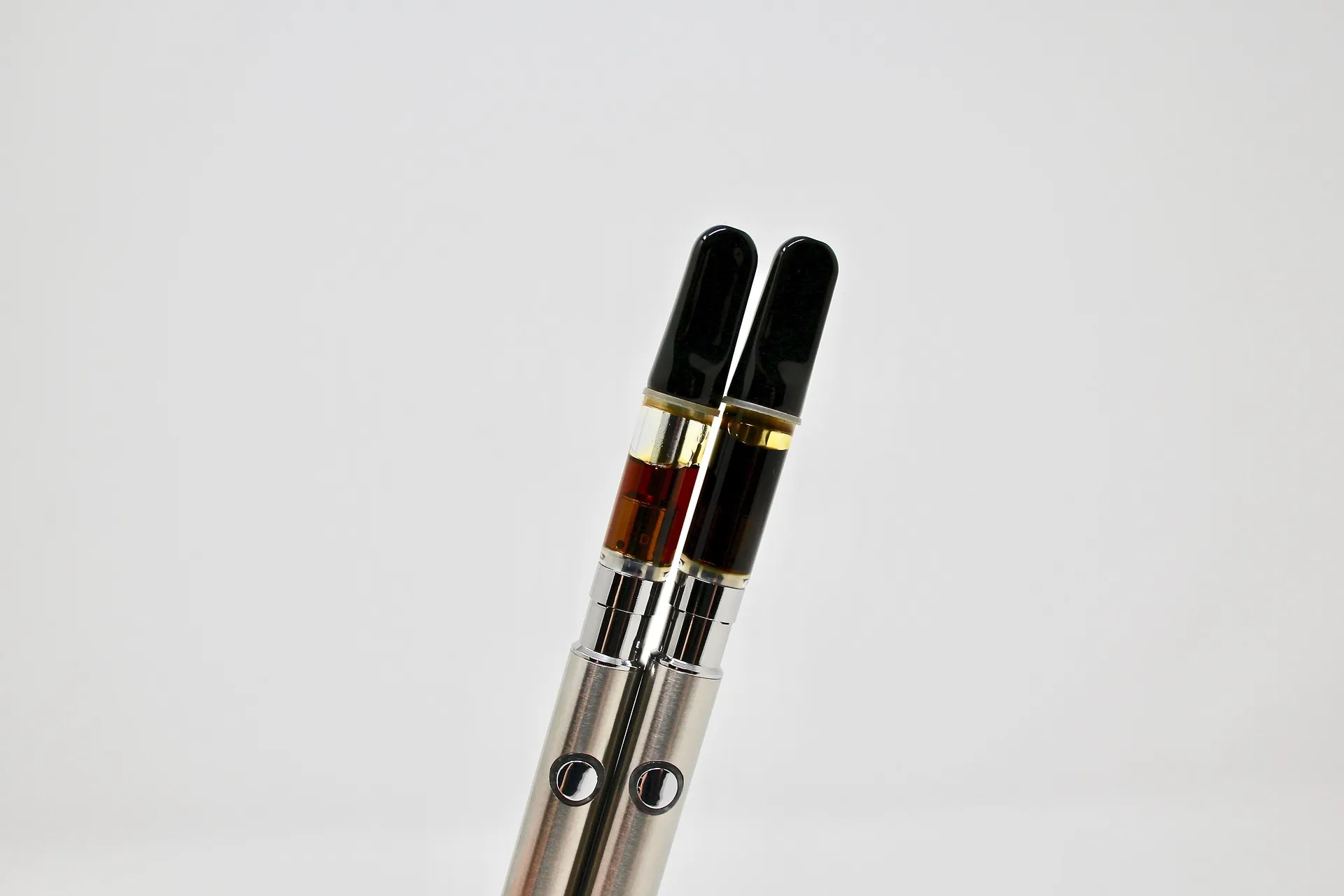

E-cigarettes and vaping devices were initially developed to help cigarette smokers quit by satisfying their nicotine cravings without inhaling the toxins that come from burning tobacco. Now with vaping-related illnesses and deaths in the news, many are concerned about its safety.
The harmful effects of smoking are well established, and we know that vaping produces fewer toxic byproducts when compared to smoking. Vaping hasn’t been around long enough for us to know how it affects our health long-term, but to date, there have been 450 cases of an unexplained serious lung illness and five deaths in 33 states, and medical experts and federal health officials are discouraging their use.
Since no evidence of infectious disease has been found in any of these cases, federal officials believe the culprit is likely a chemical additive. Many affected were diagnosed with lipoid pneumonia, a condition that causes a buildup of fatty substances called lipids in the lungs, but it is difficult to determine which chemical is responsible. Different vape products have different chemical compositions, and to establish a common ingredient in all 450 cases would require analysis of each product. In many cases, patients also reported using THC-containing vape products (the principal psychoactive constituent of cannabis) purchased illegally on the black market. Just this past Friday (9/27) the CDC announced for the first time that the illness may be associated with THC. In data from more than 500 patients, 77% reported using both nicotine and THC containing vapes, with 36% of patients using only THC vapes and 16% nicotine only vapes.
None of the cases have been associated with medical marijuana products sold in compliance with either New York or any other state’s laws. New York officials identified the presence of vitamin E oil (tocopherol-acetate) as a possible chemical culprit in illicit THC-containing vapes sold. Vitamin-E is a thick vicious cutting agent and manufacturers may be using it to increase the volume of their products. When vitamin-E is heated it can be inhaled as a vapor, which turns back into oil once inside the lungs, causing symptoms of lipoid pneumonia. Other additives may be harmful due to their conversion into toxic chemicals when heated, including propylene glycol (PG or PPG), vegetable glycerin, polyethylene glycol (PEG), and medium-chain triglycerides.
According to the FDA, 3.62 million middle and high schoolers reported e-cigarette use in 2018. Vaping increased by 78 percent amongst high schoolers, and by 48 percent among middle schoolers from 2017 to 2018 largely due to the availability of appealing flavors. Health officials say that the riskiest behavior is using vaping products bought on the street or those that have been tampered with or mixed, instead of from a retailer. As a result, doctors recommend that patients refrain from using e-cigarettes, especially those purchased on the street, calling for increased public awareness about the harmful effects of vaping until an ongoing investigation by the CDC is concluded.
Symptoms of lipoid pneumonia include fatigue, nausea, vomiting, coughing, and fever, escalating to shortness of breath, which can prompt an emergency room visit or require hospitalization. Some patients have required supplementary oxygen, including a ventilator. Those concerned about their own or the health of a loved one using an e-cigarette product should contact their health provider or local poison control center at 1-800-222-1222.

